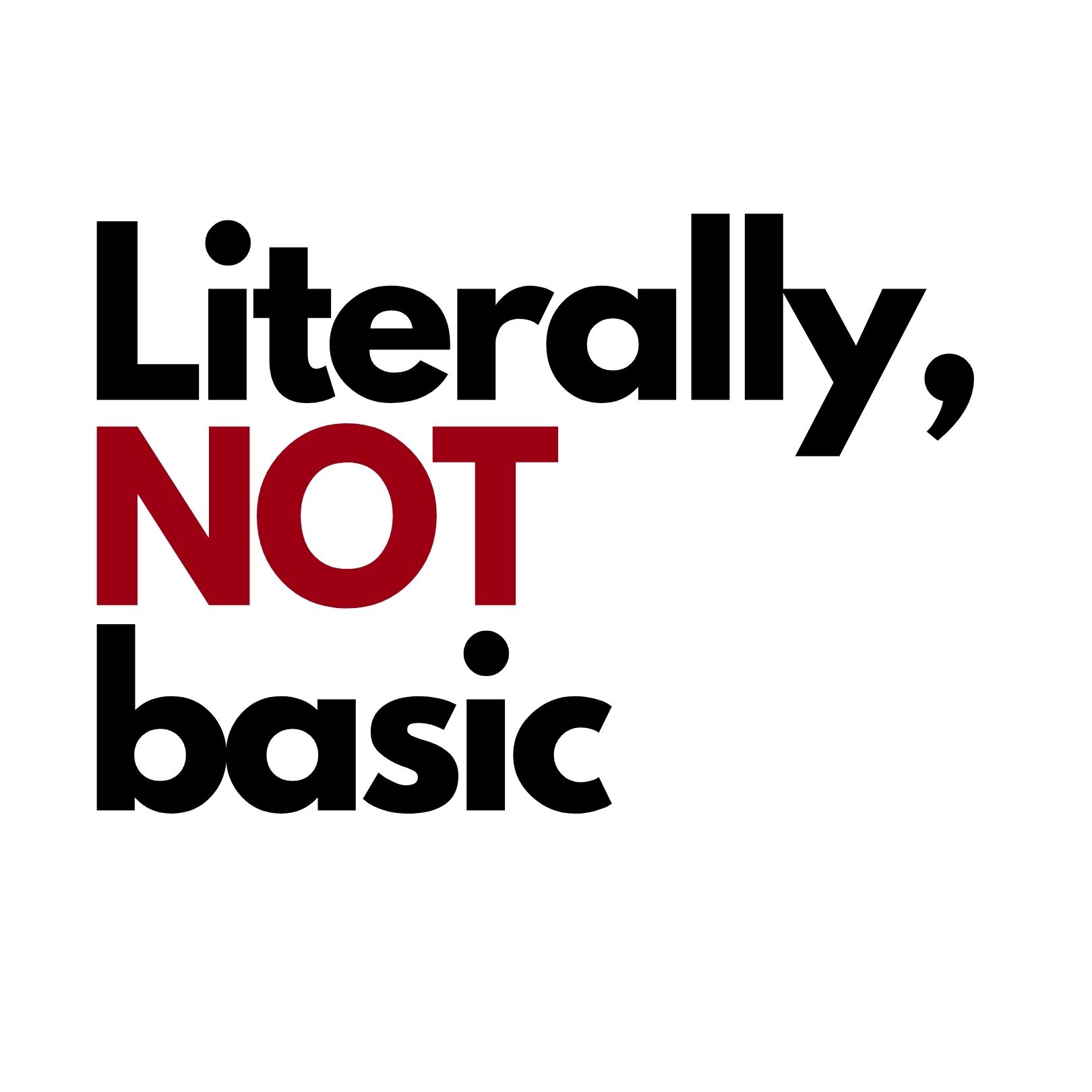ROME — I find myself captivated by the thought of sitting down with Valentino Garavani and his contemporary counterpart, Alessandro Michele, engaging in a dialogue filled with rich insights and ideas. Their distinctive styles could not be more contrasting: Valentino embodies the epitome of elegance as the well-tanned Sheik of Chic, while Michele presents a more relaxed vibe with his shaggy beard and a penchant for baseball caps. Despite the four-decade age gap, I envision a mentor-acolyte dynamic flourishing between these two fashion powerhouses.
They share a lexicon steeped in allure—terms such as "beauty," "dream," "chic," and "crazy" (particularly in the sense of being "crazy for beauty") resonate with both of them. However, Michele grapples with his feelings of inadequacy in stepping into the role of creative director at a fashion house established by Valentino 65 years ago. He candidly confesses, “I’m not Valentino,” suggesting that the challenge rests largely with the title itself: “creative director.” Michele reflects on this with humility, stating, “I’ve never truly occupied the seat of a couturier, the way we have long defined a fashion designer. Valentino is a fashion designer. I am a creative director. I find joy in weaving narratives and focusing on the details of each piece. But my pathway didn’t lead me to a couture world.”
Having spent time with him in Rome this summer, I sense Michele is beginning to reconcile his place in the fashion landscape. The longer he remains at the helm of one of Italy’s most revered fashion houses, legendary for its enduring legacy and a skilled atelier of 90 artisans, the less he seems to feel as though he’s an outsider. “It will happen naturally,” he predicts. “I am learning to connect life with fashion, grasping the concept that exquisite fabrics, vibrant colors, stunning silhouettes, and intricate embellishments reflect our experiences. Immersed in such a unique environment, transformation is inevitable. It’s like moving to Italy; eventually, you will start speaking Italian.”
Embodying Valentino
There is no other fashion tale as quintessentially Italian as that of Valentino’s. Michele recalls growing up in Rome and reflecting on the influence of Valentino: “As a kid, the Pope, the President, and Valentino were significant figures. Valentino’s palace was a center of power; everyone recognized it. The Palazzo Mignanelli held a special place in the city.” When Valentino walked among the people, it felt like an event of monumental importance.
One memorable moment for Michele was the opening of McDonald’s in March 1986 in the Piazza di Spagna, just a stone’s throw from the palazzo. As he strummed his guitar there, he was struck by the sight of Valentino and his partner Giancarlo Giammetti strolling down the street—two elegantly dressed figures contrasting sharply with the youthful, scruffy crowd. “I wouldn’t say they ventured into McDonald’s,” Michele chuckles, “but we can only assume they were curious about the prospect of such a fashionable icon rubbing shoulders with a fast-food chain.”
So, in the current narrative, we have the trio of a Pope, the President, and Alessandro Michele? “That’s a portrayal I can’t relate to,” he responds swiftly. “I walk 10 minutes to work, donning my straw hat on sunny days, feeling just like any regular guy. Sometimes, I lose track of how exceptional this life is.” Reflecting on his first encounter with Valentino’s creations, Michele describes a moment when he discovered a dress made for Audrey Hepburn during the early 70s. “It was lightweight, embroidered with white strass, and when I laid my eyes on it, I didn’t see the dress; I connected with the story behind it. I envisioned Hepburn’s outstretched arms, transporting me into that night—the conversations, the friendships, the life that she lived.”
This connection transcends mere aesthetics for Michele. He frequently revisits the theme, describing the vast archive in Valdagno, northeastern Italy, as a “vortex of beauty.” “You cannot fathom how one individual could produce such magnificent works. Valentino approached fashion as a celebration of beauty, life, and flamboyance—all enveloped in an aura, almost magical.” He remarks that every piece he encountered felt steeped in a vibrant history obscuring the lines of time, with each dress eschewing conventional daily wear. “Each piece compelled me to think, ‘What time of day could this possibly be for?’ His vision was never mundane; he believed life should be celebrated in spectacular fashion. He catered to queens, movie stars, and socialites—an existence that, in many ways, has become a relic of the past. Yet, the connection he and I share is that we both adore our lives.”
Michele continues, reflecting on Valentino’s era that shaped his childhood influences. “I adore the time he spent defining Italian fashion, which aligns with my upbringing. My formative years coincided with the explosion of pop and rock music in the 80s; I felt tethered to the vibrant life outside rather than the confines of elitism. My goal is to use the dresses to enable everyone—everyday people—to embrace beauty and elegance in their lives.”
Michele perceives another significant bond with Valentino in their shared belief that personal experiences and their private lives serve as the foundation for their creative expressions. “Within the realm of Valentino’s gowns lies a treasure trove of culture, travels, and art. I’ve encountered little embroidered jackets reflecting 19th-century Chinese carpets, grand Aubusson tapestries, and dresses adorned with Delft tiles. He likely curated an impressive collection of these masterpieces. For Valentino, it seemed there was no room for negativity; he comprehended that to enjoy life, one must revel in their own existence.”
This sentiment resonates with Giancarlo Giammetti, who concurs with the notion. “What I hope to experience from Valentino now is a profound and modern interpretation of our core principles,” he emphasizes, “and when I say ‘our,’ I encompass not only the dresses but also an unmistakable approach to style.”
Like Valentino and Giammetti, Michele identifies himself as an OCC—an obsessive, compulsive collector. “It’s an affliction we share—an obsession with acquiring beautiful objects. I can admit that at times, my existence is devoted to amassing these treasures. My connection with my possessions runs deep.”
This passion is evident in Michele’s exquisite apartment, transformed into a tapestry of wonder. His home features everything from Delft-tiled kitchens to a vast salon, its walls alive with classical art. Each surface brims with an eclectic array of objects, resembling the studio of an eccentric magician rather than a museum with its pristine reverence. Appropriately, Michele is beginning to place enormous Renaissance canvases in Valentino’s former office at Palazzo Mignanelli—a space once adorned with Bronzino’s portrait of Eleonora di Toledo, which Valentino cherished immensely.
Michele’s Next Chapter
When Michele departed Gucci in 2022, the fashion world buzzed feverishly with speculation. His illustrious eight-year tenure concluded amid concerns of declining sales and rigid aesthetics. “Immediately after, I initiated numerous conversations,” he mentions enigmatically. “LVMH approached me, and considering my beginnings with Fendi, the opportunity seemed enticing. Chanel, too, holds immense allure. However, I faced burnout. I thought it was essential to take a pause and seize the chance to enjoy life again. I indulged in leisurely breakfasts, immersed myself in literature, and savored beautiful dinners in one of Rome’s charming squares—all in solitude at times. I visited the countryside whenever I pleased, free from the constraints of external obligations.” He recalls relinquishing his chauffeur after six months of enjoying the tranquility of driving himself, in his beloved Mercedes SUV.
Yet, sooner or later, the itch returned. “I sometimes pondered venturing into film or literature, and I did delve into writing. Yet, for the past few months, I’ve felt an urge to return to this realm. Fashion is irreversibly intertwined with my identity. If I am to resume my duties, I wish to do so alongside the right collaborator, in the appropriate environment. I desired to avoid becoming lost in troubled situations or corporate dilemmas.” Despite being indifferent to geographic constraints, it had been 16 months since his departure from Gucci when Valentino’s creative director Pierpaolo Piccioli parted ways with the brand. Jacopo Venturini, the CEO who was previously at Gucci, reached out with an offer.
“After a year and a half, I signed the contract in three days,” Michele reflects. “My choice to join Valentino wasn’t driven by its location in Piazza Mignanelli; it was simply a remarkable brand. I envisioned a beautiful place, flourishing with aesthetic richness and the potential for new creations. Jacopo and I have collaborated at Gucci, making us an exceptional team. He not only cherishes the brand but possesses a unique creative sensitivity, granting me immense freedom to explore.” Venturini shares the sentiment: “The timing seemed serendipitous, precisely when fashion craved a return to desire and emotion, with meticulous attention to humanity.”
Michele’s return also rekindled connections with Kering, the luxury conglomerate that recently acquired a stake in Valentino, bringing him back into familiar territory. “It might be karmic,” he muses, reflecting on initial inclinations towards LVMH, “but I find myself back within the family.” The Pinaults, who govern Kering, are reportedly pleased with the new arrangement. It’s no surprise; during Michele’s most prosperous years at Gucci, revenues soared to nearly €10 billion—a feat unseen in the luxury sector.
Having spent nearly 22 years at Gucci, it is only natural that Michele would be attached to the brand. He recalls his beginnings under Tom Ford’s leadership: “Tom and Domenico crafted a vibrant company culture—a highly organized and American-style workplace led by a clear authority,” he explains. “When I transitioned, it felt less of a simple job shift and more like an entirely new chapter in life. I felt an instant attraction to Valentino’s world, a manifestation of a singular vision where dreams flourished amidst friendships. My perception of a ‘workspace’ transformed entirely; I stepped into Valentino’s personal realm.”
Michele reflects on how he senses that upon leaving Gucci, many perceived him as “King Midas”—someone whose touch turns concepts into gold. “They might regard me as a whimsical creative who effortlessly generates profits, but my thoughts remained self-centered. Gucci was an immense entity; navigating it proved challenging. As it grew wealthier, people ventured to understand my actions—attempting to reproduce their own versions. The enigma of my existence puzzled even me.”
Reflecting on Valentino’s brand, he holds a contrasting perspective. “While I predict Valentino’s flourishing, I believe it’s imperative that we protect its identity. My conviction is that this brand is not destined to become a multibillion-euro corporation; achieving such heights may undermine its essence, as beauty is fragile, akin to the garments Valentino crafted. It represents the most beautiful wardrobe imaginable.”
As Valentino the man established a legacy, Michele became an emblematic figure for his reimagining of Gucci. His ambition to replicate this success with Valentino raises interesting questions. “I don’t really see myself as chic,” he argues. “I often feel misplaced. However, perhaps a little disorientation is necessary to perceive life from a different angle, to embody Valentino’s ethos in a contemporary sense. My creative process feels akin to directing a film in my mind where every day reimagines a new narrative. Just recently, I shot a campaign in a stunning Roman palace, and while it shared similarities with my Gucci work, here it feels almost effortless."
Michele’s reflection on this effortless beauty embodies the essence of Rome—a city steeped in warmth and eccentricity, where the past announces an abundance of indulgence, as evidenced in Paolo Sorrentino’s cinematic opus, La Grande Bellezza. He emphasizes that Valentino emerged at a time ripe for celebration, witnessing Rome as a pinnacle for art, cinema, and social life—a decadent setting full of options and aspirations. “Valentino took inspiration from this opulent milieu, akin to the world of Fellini,” Michele notes. “Every time I delve into this universe, it feels like rediscovering joy. In Italian, we’d call it frivolo—a splendid absurdity.”
Days prior to our conversation, Michele’s therapist noted the astounding progress he’s made. Over the past eight years, he has utilized therapy to confront the intense pressures that came with his role at Gucci. “I frequently explored my feelings—be it love or loss, happiness or frustration—focusing on the past and present,” he shares. “It transcends mere visual appeal; I feel compelled to delve into my obsessions.” Fortunately, his perspective has evolved substantially. “I feel in control now. There’s an awareness that I don’t need to complicate my life. My role is clearer. The enormity of Gucci often resulted in anxiety concerning accolades or constantly meeting people. Surrounded by a wealth of support, I recognized a certain disconnect. After an abrupt, explosive onset, grappling with the repercussions became daunting. I often think how fortunate I was to have almost 40 years of life experience; had I been 25, I might have lost my way completely. I’m much more self-aware now, allowing me to savor my current journey in a profound and enjoyable manner.”
Reflections on the Future
This brings us to the pivotal question: What will occur if a resurgence of hype envelops Valentino akin to what transpired at Gucci?
“It’s tough to confront unfamiliar situations. However, having experienced it before lends perspective; I now recognize much of it as mere hype.” Michele laughs. He reflects on how press chatter surrounding his projects can be curious. “Upon releasing the pre-collection during the men’s collections week, the buzz was intense,” he shares. “People seemed to conflate my designs with Gucci. Some identified it as Alessandro’s work, while others merely saw it as Gucci, but I must emphasize that it was all me. Such confusions are flattering, really, when they attribute a strong, recognizable aesthetic to my work. People perceived Gucci through the lens of Tom; his influence defined the brand just like mine.”
He elaborates on his thoughts concerning the pre-collection’s timing: “I had intended to launch in September but felt we needed to introduce some designs to stores sooner. Everything required a starting point. The decision to release those images wasn’t initially part of any grand plan; they were meant solely for our internal review.” He acknowledges the surreal nature of the process, where images leaked despite efforts to keep them contained. “Rather than allowing that secrecy to crumble, I thought it best to embrace the unveiling and reveal the concept.”
Michele reveals his confidence in the world he is crafting at Valentino. “This isn’t just a design for its own sake; it’s a well-defined universe filled with ruffles, pleats, jewels, turbans, and headpieces—a space unlike any other.”
His vivid enthusiasm leads him back to the aesthetic inspirations that permeate his designs, raising deeper questions about the nuances of his creative voice shaped by Valentino’s legacy. “I have drawn significant inspiration from Valentino over the years—including his iconic use of red, which I’ve taken into careful account,” Michele elaborates. “My history with red, especially highlighted by the enigmatic red pussy-bow blouse that stirred mixed sentiments in my debut collection for Gucci, is undoubtedly present in my current work. I’ve always found splendor in the many shades of white woven into Valentino’s history. This presents a golden opportunity to honor the audacious 1966 all-white collection that dazzled the fashion realm.”
Michele’s exploration doesn’t stop at mere color palettes; he is applying Valentino’s fondness for ornamental treasures. “Mr. Valentino had a passion for jewellery; I continuously find myself considering if an idea meets his standards. I strive to encapsulate his spirit while adeptly translating it into modernity. Intriguingly, I stumbled upon exquisite shoes that hold an unmistakable allure. They prompt me to ask whether more daring pieces would still resonate with him today. The notion of dual inspiration—celebrating both Valentino’s legacy and my creative wildness—fuels my imaginative pursuit.”
“The setting for my creations is an intentional choice, forming a landscape of fashion,” he proclaims. “The space transcends physicality—it evokes resonances from memory, from dreams, and everything suspended in time. I’m excited to deliver a co-ed collection, featuring around 15 men’s pieces and approximately 75 women’s, initiating the legacy of focusing on femininity, as Valentino himself was a menswear designer. When envisioning masculine aesthetics, I look to the 1970s images of Valentino—himself alongside Jackie O in Capri, sporting a flashy printed shirt paired with a sizable belt, all while wearing the skin-baring big hair, glamorous glasses and captivating accessories—unmistakably sophisticated yet unpredictable. Valentino redefined allure, and I’m eager for a new generation to rediscover their relationship with fabulousness.”
Michele’s iterative approach becomes clear: he refuses to conform to the notion of "quiet luxury." “I deeply respect various perspectives,” he admits, “but simplicity—reserved living—is not me. I am immensely grateful for my life; we live, albeit temporarily, and during that window of existence, I yearn to embody a peacock’s vibrant essence. I can appreciate the minimalistic allure, but to me, that resembles Baroque—it’s ostentatious and celebratory. I embrace a light-hearted, whimsical art form because I’ve discovered the key to happiness and vitality. In Italian culture, we have the term frou frou; there’s a need for fashion to resurge in this exuberant manner. Currently, the design landscape can feel barren—akin to monastic silence. That cannot replace the vibrancy and audacity of fashion’s rich storytelling.”
Life Against Death
For Michele, the duality of life and death is intricately woven into his Renaissance-influenced thought process. Earlier this year, he collaborated with philosopher Emanuele Coccia to release a book, The Life of Forms – Theory of the Re-enchantment (aptly retitled The Philosophy of Fashion in its English translation). Michele projects a sense of enchantment onto Valentino, suggesting—“He existed in a spell. You never know how long that spell may endure.”
Yet, Michele recognizes the harsh reality that ruptures this spell: death! “For Valentino, mortality remained a preoccupation, ultimately prompting his retreat during the pandemic. I find myself resonating with that sentiment. I don’t experience pure terror, but I live in constant awareness of mortality. Embracing this thought brings levity to my life; there isn’t a need to prolong existence for centuries. I view this ethereal feminine presence—calling it ‘Her’—is intertwined with all my fabrics, paintings, and elements I curate. This creative force brings creation as effortlessly as it holds the power to obliterate.”
In a broader context, he elaborates on how the contemplation of personal and universal destruction fuels his artistic practice. “We can endlessly lament the world’s turmoil: wars raging, ecosystems collapsing, the imminent end. However, I choose to fully embrace life. I find myself traversing these two forces; the heart beats in tandem with the knowledge of our fragility. Thus, I exist within the ruffles, within the intricate pleats, the gleaming jewels, the footwear, and attire, because life resides amidst these elements—not anywhere else. It feels akin to a lullaby,”—he notes, suggesting that such melodies may be heard throughout his upcoming show’s soundtrack.
He becomes increasingly philosophical as he ruminates on the Renaissance basilica of Sant’Agostino, near his home in Rome, adorned with a breathtaking Caravaggio, La Madonna dei Pellegrini, that he visits frequently. “That masterpiece transcends mere painting; it embodies the essence of cinema, heralding the dawn of neo-realism.” The exquisite artistry of the basilica’s marble carvings generates the same kinesthetic reaction, prompting Michele to ponder, “What drives an artist to devote months carving a delicate feather only for a church? What lies behind that devotion?”
His connection is tangible—one of the restorers examining Michele’s personal collection has also worked on restoring the Caravaggio, granting him access to observe it intimately, even glimpsing the rear of Michelangelo’s Pietà at St. Peter’s Basilica. “What I saw seemingly contained life itself,” he enthuses, reflecting on the vital message conveyed through art. “This resonates with me, calling me to celebrate existence, and it leaves no alternative in my mind. Our fixation on power, wealth, and the quest for glory pales in comparison to the pursuit of something profound. I aspire to be that stone—the positive embodiment of time passing, like a delicate carving embraced by humble hands. If I exist as that embellishment, I’ll remain indefatigable in significance.” Perhaps those sentiments mirror the views of top model Karen Elson, who donned a magnificent gown designed by Michele at her wedding this September—this dress might ultimately symbolize his debut in haute couture.
Haute couture, an integral aspect of Valentino’s heritage, now beckons as Michele’s next great endeavor when he presents his inaugural couture collection in January. “I’ve brought along a dozen immensely talented individuals from my past—creating a family with those who’ve complemented my vision for over two decades,” he shares. “But today, it is Valentino’s expansive 90-person atelier that holds the real treasure. My experience at Gucci involved countless extraordinary projects that channeled an essence of haute couture, only to find those efforts hampered by the absence of an authentic salon, unlike what I’ve inherited today. Being in this studio feels like stepping into a Narnia-like realm, where each door leads to the vibrant heart of Valentino—a fertile space incentivizing contemplative cruelty. It is uniquely positioned to compel us to envision fashion beyond the constraints of time.” His vision? To host a couture show annually.
Applying Valentino’s legacy, Michele embraces a refreshingly timeless perspective—with a commitment to authenticity over duplication—viewing couture as a process driven by singular, genuine creativity. “Valentino seldom contemplated replication; his commitment remained steadfast to the dress he was bringing to life,” he muses, noting that the facility in Turin, responsible for pret-a-porter collections, continues to astound him. “Their craftsmanship defies expectations. Whether in Rome or Turin, it is about cultivating a seamless connection between both realms, as this heritage deserves unwavering reverence. I hope to establish a sense of richness and complexity to pret-a-porter offerings, reflective of the aesthetic depth Valentino crafted for haute couture.”
As Michele considers the future, he remains quintessentially authentic—a classicist with a natural flair for iconoclasm, poised to redefine expectations within the realms of both Valentino and the broader fashion landscape. He confidently articulates the necessity of maintaining a balance between respect for tradition and personal expression: “Sometimes, while being deferential, I also believe in the importance of also stepping outside of conventional boundaries. A chic lady also permits herself the freedom to dance to a whimsical tune. I assure you, everything I undertake is closely aligned with Valentino’s spirit—my exuberance remains intimately tied to his philosophy. I often ask myself how Valentino would perceive something—as longer, shorter, or perhaps more whimsical. Ultimately, this endeavor will be forged anew while being directed by the legacy."
Finally, I could not resist reaching out to Valentino himself, inquiring how it felt to transfer his legacy to another’s stewardship. His eloquent response revealed a nuanced understanding. “It’s a sentiment we’ve adjusted to over time,” he noted. “There exists a medley of admiration mingled with potential disappointment, joy entwined with occasional displeasure. It’s a spectrum of reactions, embracing both laughter and disbelief.” This creates an immense canvas of expectations for Michele to navigate. I can’t help but pose the question—would Michele feel disheartened if Valentino were to openly critique his work? “Perhaps,” he asserts with a contemplative gaze, “but I prefer to approach those thoughts with a lightness of heart. Valentino understands deeply—he’s the visionary behind the brand, exemplifying nearly 93 years of legacy. My primary goal rests in invigorating this space with Jacopo’s collaborative spirit. Our intent is to reclaim the plant that Valentino watered with the ethos of celebratory living, translating it into a modern vernacular. It must vibrantly ‘be’ in the here and now.”






